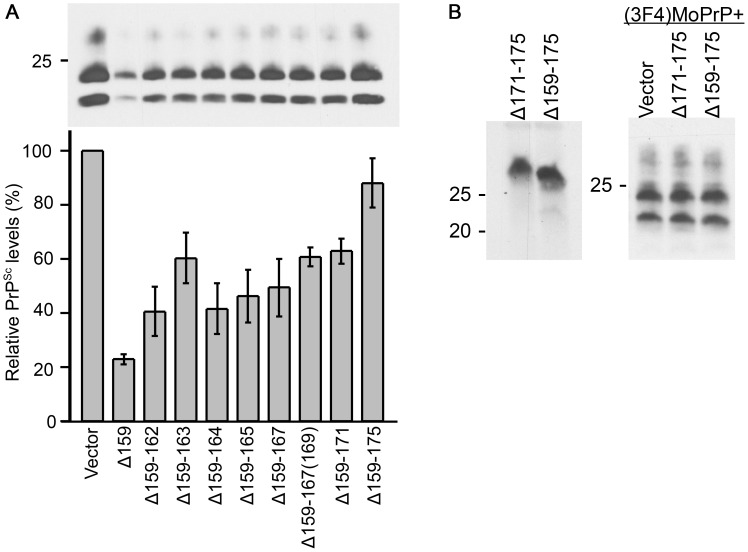Figure 6. Inverse correlation of DNI and size of deletion and importance of positioning of deletion.
A. DNI efficiencies of ΔPrPs are inversely correlated to deletion size. Representative immunoblot showing PK-resistant PrPSc moiety of (3F4)MoPrP co-expressed with indicated ΔPrPs in 22L-ScN2a cells. Quantitative analysis is shown below as scheme. Relative PrPSc levels were calculated as proportion of PK-resistant (3F4)MoPrP co-transfected with each ΔPrP to that of co-transfected with empty vector control in the same experiment. Data from 4 (for Δ159–165, Δ159–167 and Δ159–167(169) only 3) independent experiments were statistically analyzed for mean and standard deviation (error bars). B. DNI of ΔPrP with a deletion in the C-terminal part of H1∼H2. Δ171–175 (see Fig. 7A) was transiently expressed in N2a cells (left panel) and DNI efficiency evaluated in 22L-ScN2a cells (right panel) (mAb 3F4). Despite the much shorter deletion size, Δ171–175 exerted only inefficient DNI, similar to Δ159–175 (right panel).

